For some, it’s already here. Luckily for anyone with an aversion to the chill, cultures in the farthest reaches of the Northern and Southern Hemispheres have had centuries to develop a host of cold-weather cure-alls we can adopt as our own.
Canadians, for one, are known for their hardy approach to the cold – from developing tried-and-true winter sportswear brands to tunnelling beneath cities like Toronto and Montreal for respite from the winds – so it comes as no surprise that they would have concocted the toasty beverage par excellence to ward off the worst of winter’s wrath.
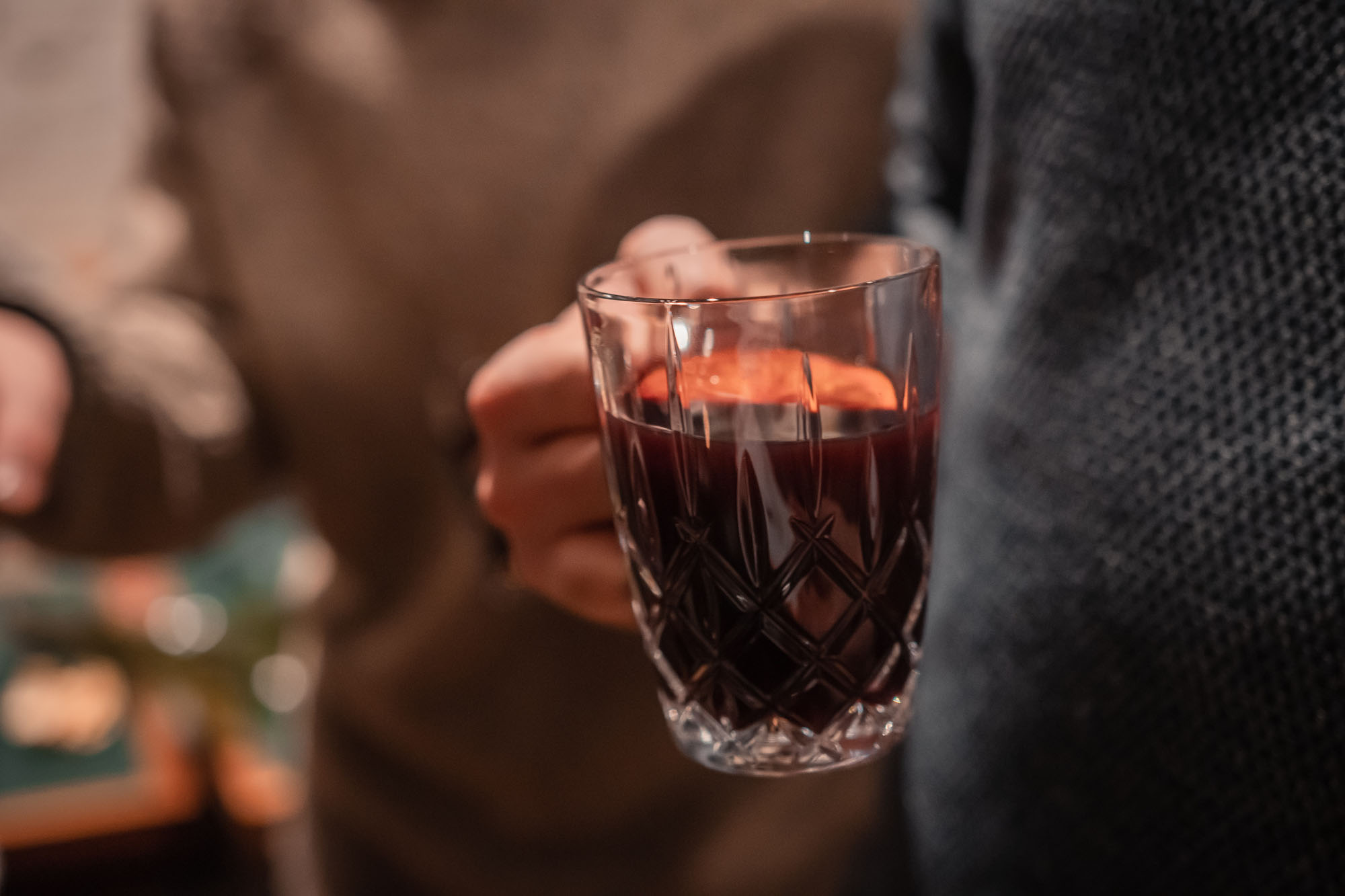
A Caribou By Any Other Name
A type of mulled wine, caribou is traditionally served during winter festivals, like Québec City’s Carnaval and Winnipeg’s Festival du Voyageur – a ten-day-long affair held in Saint-Boniface, the city’s French quarter. In both places, caribou is frequently served in shot glasses carved out of ice. During the Carnaval, cosy and particularly joyful parade-goers bring their own caribou from home and drink it out of hollow, plastic canes outfitted with a removable cap featuring Bonhomme, Canada’s own Frosty the Snowman – and the symbol of the festivities.
The sweet French-Canadian cocktail evolved as an extra-boozy twist on the French vin chaud, which is also known as mulled wine in English, Glühwein in German, and vin brûlé or vino caldo in Italian. The name ‘caribou’ is especially appropriate for this particular version, however, as the drink itself is about as strong as the creature it’s named after. Emblematic of Canada, caribou are reindeer that roam the plains of North America, known for their stealth approach to harsh weather conditions. Throughout history, the indigenous people who first inhabited the land depended on the animals for food, as well as for clothing and shelter.
The drink most likely originated with French settlers during the 17th century, and local lore attributes the name to an original recipe that contained actual caribou blood. Another theory, on the other hand, holds that Canada’s indigenous population saw Europeans drinking the hot, red liquid and assumed it was blood. Either way, the name stuck.
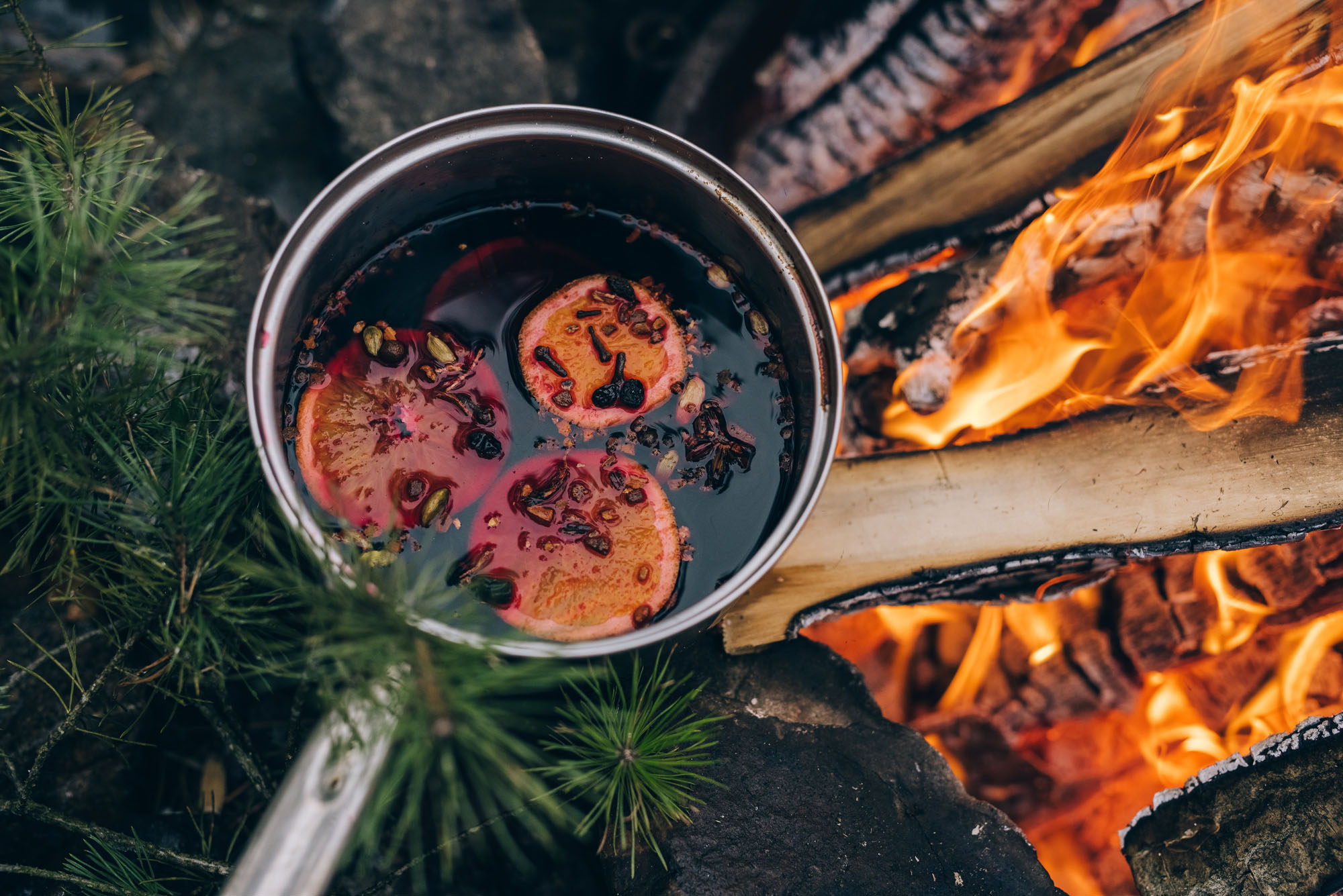
Waste Not, Want Not
The origins of mulled wine itself can be traced to the Greeks and the Romans. In the same way the Spaniards created fruity, refreshing sangria, hot spiced wine likely came about as a way to use up stale wine. By simmering the wine with herbs, spices, citrus and even dates and other fruits, one could easily mask unpleasant flavours.
It may have also been used as a home remedy. The Greek physician and so-called “father of medicine” Hippocrates is said to have prescribed hot, spiced wine as a curative tonic, most likely for digestion, in a precursor to Amaro and other digestives. Globally, spices like cloves and cinnamon have been used throughout history for their healing properties. Ayurvedic remedies and recipes, for instance, use heat-producing and stimulant spices to help ward off infections and clean the blood. For anyone suffering the shivers, a shot of caribou would seem to do the trick for a number of reasons.
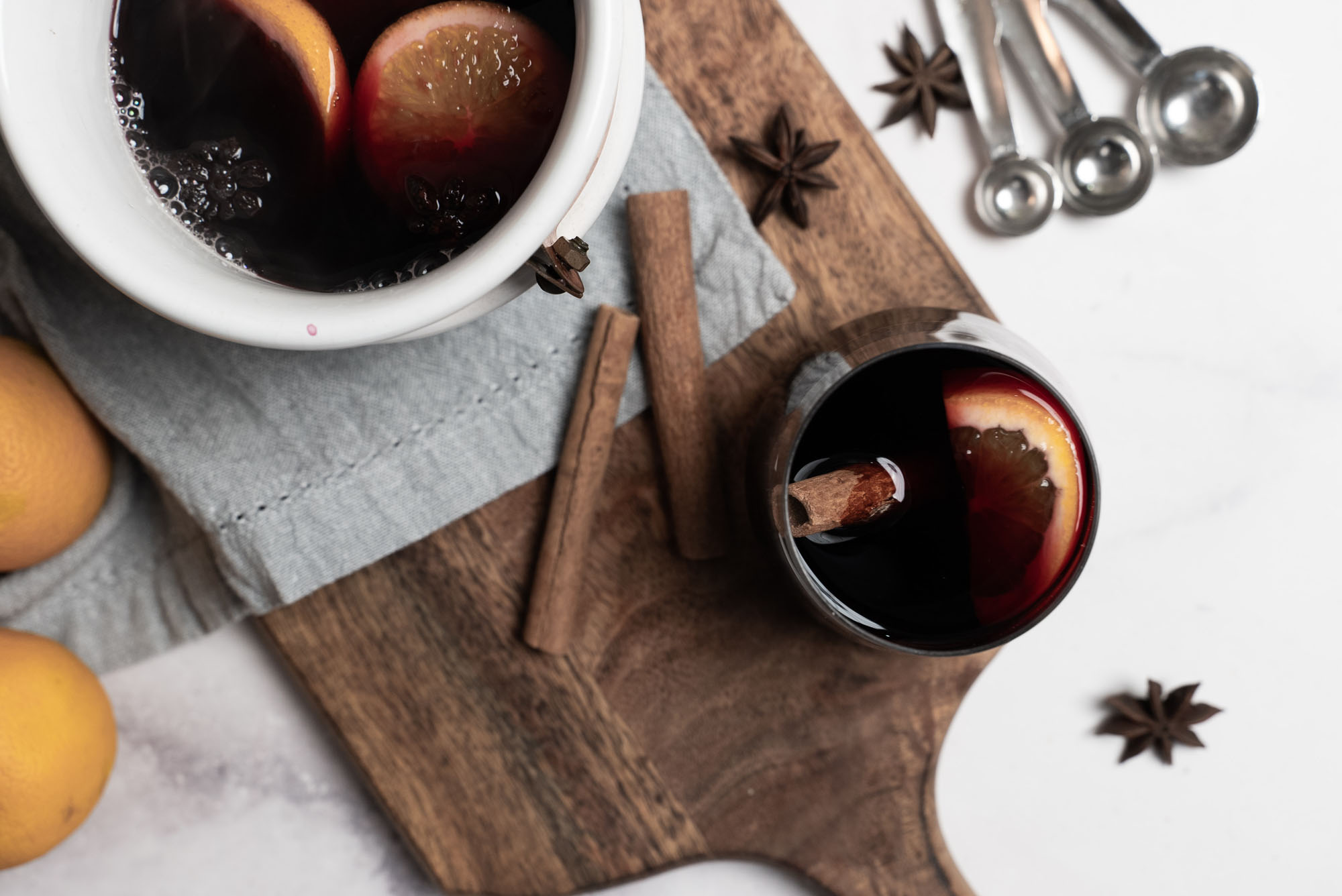
An Extra Shot Of Heat
Nordic countries may have been the first to add liquor like cognac or vodka to their wine to amp things up. Their versions, known by names like glögg or glögi, were created to help stay warm while travelling by sleigh or horseback for miles across snow-covered terrain. You can hardly blame them, as that part of the world is arguably as cold or colder than Canada. These days, the drink is a holiday staple and, just like in Germany, you can find it throughout the season at Christmas markets – not only as a festive tradition, but as a practical way to stay warm while shopping.
In Italy, the further north you go, the more vin brûlé (or vino caldo) you’ll find. Even in notoriously sunny Rome, when the temperature dips in wintertime, outdoor bars and cafés often set up a steaming cauldron out front and sell hot, spiced wine to-go. If you’re planning a visit to Venice during the colder months, a steaming cup of the stuff will keep you going for hours. The chilly, damp and labyrinthine city wisely serves vin brûlé on just about every corner, although one glass too many could make it even easier to get lost.
Whatever your poison, wherever you are in the world, the most common spice blends used in such drinks these days include (but are not limited to): star anise, cardamom, cinnamon, cloves, ginger, nutmeg and some sort of sweetening agent like sugar, honey or, in the case, of caribou, Canada’s locally prized maple syrup.
Make Caribou At Home
Caribou is essentially mulled wine with a shot of hard liquor. This can be anything from vodka to whisk, or cognac, although dark liquors seem to be more pervasive. In Canada you can purchase the cocktail as a pre-mixed fortified spirit, but caribou is as easy to make as it is to drink. Try out this recipe to stay warm and toasty this winter.
Ingredients:
20 oz. red wine
20 oz. whiskey
6 tablespoons maple syrup (or white or brown sugar)
Whole spices of your choosing (cinnamon, star anise, cardamom, cloves,nutmeg, etc.)
Instructions:
Combine all ingredients in a saucepan and bring to a simmer. Garnish with cinnamon sticks, citrus slices, or a generous piece of orange zest. For room-temperature caribou, use a large pitcher or bowl and serve as is.

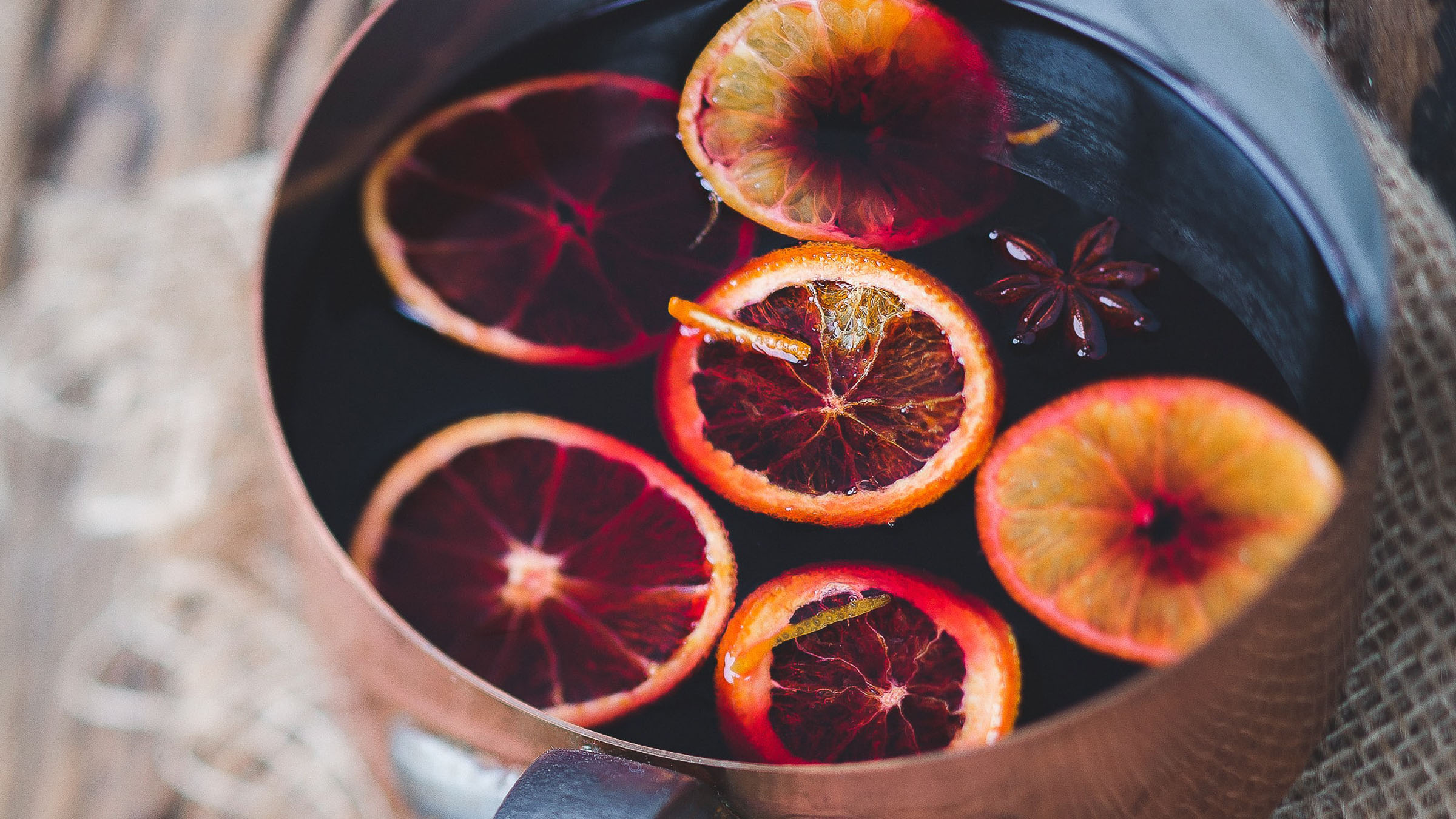







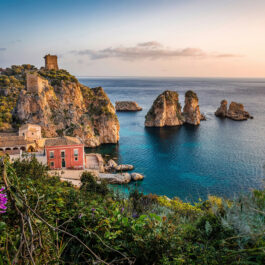




Sorry, the comment form is closed at this time.